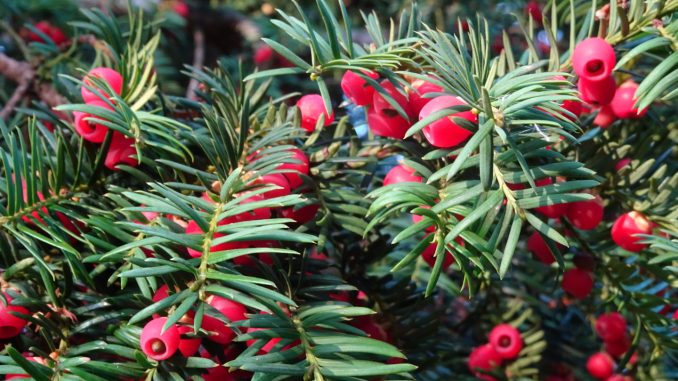
The modern timber industry is very dependent on a small number of commercial species, yet according to the GlobalTreeSearch there are more than 60,000 different species of tree across the world. It is hard to exactly to define native (and indeed hard to define tree) but even within the relatively tiny number of species considered natural in the British Isles, we currently use only a fraction as a source of materials. With climate change, and rising risks of pests and diseases, we need to find a better balance between what the public want from forests, what we use for timber, and what is best for future resilience of forests themselves.
Wood science and technology plays a key role here, which is why we have spent a lot of time researching the properties of home grown species, both native and introduced, to determine what are appropriate for future commercial timber, and how the quality of that timber can be improved through forest management. Trees grow wood without a thought to what we do with it, so understanding what influences wood properties requires imagining what life is like for a tree. The first mistake is to think that plants are simple; you really need to open your eyes to the great diversity of form, and to wonder why things are the way they are. There are many wonders of the plant world hidden in plain sight, indeed even on display. “Why do some leaves go red?” is one such mystery I would recommend you dig further into than the simple stock answer you heard at school. Trees are not passive – simple lumps of food on the landscape for herbivores. If they can be said to have a view of the world it is one that is very different to the one we apply to them – and yet our lives are woven into theirs in more ways than we realise.
We are shortly entering the season of the great conifer migration, in which trees fill the streets; often seen in the early morning gathering around overflowing bins for warmth. This is only half a joke since we are now, in a very real sense, the most useful seed dispersal animals for these trees. It would definitely be a stretch to claim this is coevolution, but there is no doubt that fitness as a Christmas tree is now a very significant species survival advantage, and surely one of most successful for reaching new territories.
And so “what conifer species are best for Christmas trees?” is a common question this time of year, but what about the question “what conifer species are the worst?” Conifers are traditional choices for Christmas trees because of the symbolism of being green even in winter, but – again, despite what most of us learned at school – not all conifers are evergreen. Larches (Larix spp) are the most familiar examples of deciduous conifers in the cooler parts of the temperate northern hemisphere, and are well-known timber species. Other examples are the similar looking golden larch (Pseudolarix amabilis), bald cypress and pond cypress (Taxodium distichum & ascendens), Chinese swamp cypress (Glyptostrobus pensilis), and dawn redwood (Metasequoia glyptostroboides). These particular conifer species seem to be adapted to very heavy snow, bogs and swamps, or avoiding the effects of winter drought. Normally we would think that poor soils favour evergreens because of the greater effort of collecting the nutrients to make the foliage, and the soil imposed limit on summer growth making less of a contrast between the seasons. But, if the foliage is likely to be broken by heavy winter snow fall, there is an advantage to reducing the consequence of this. And species that adapt to poor soils by rooting deeper cannot take as much advantage of early spring growth as evergreens normally do, because the soil temperature takes longer to rise (more here).
There are also some evergreen contenders for worst Christmas tree. Close to home we have the yew (Taxus baccata). However, despite the imprudence of bringing toxic foliage and bark into the house it has historically been used as Christmas decorations. But there is also the “stinking yew” (Torreya taxifolia), which exudes an unpleasant fetid odour when the needles are bruised or crushed. This tree also has the distinct disadvantage of being critically endangered in the wild, due mostly to fungal blight, but is not helped by an extremely restricted geographical range on the Florida-Georgia border. This is thought to be because it now lacks its seed dispersal partner – likely to have been a large, long-extinct tortoise. Little more can be said about this, but we can be confident that large, extinct tortoises do not celebrate Christmas. So if you have a real tree this year you can think of yourself as doing it a favour – giving it a home in more sense than one. Let there be trees on earth, and goodwill to all.

Leave a Reply
You must be logged in to post a comment.